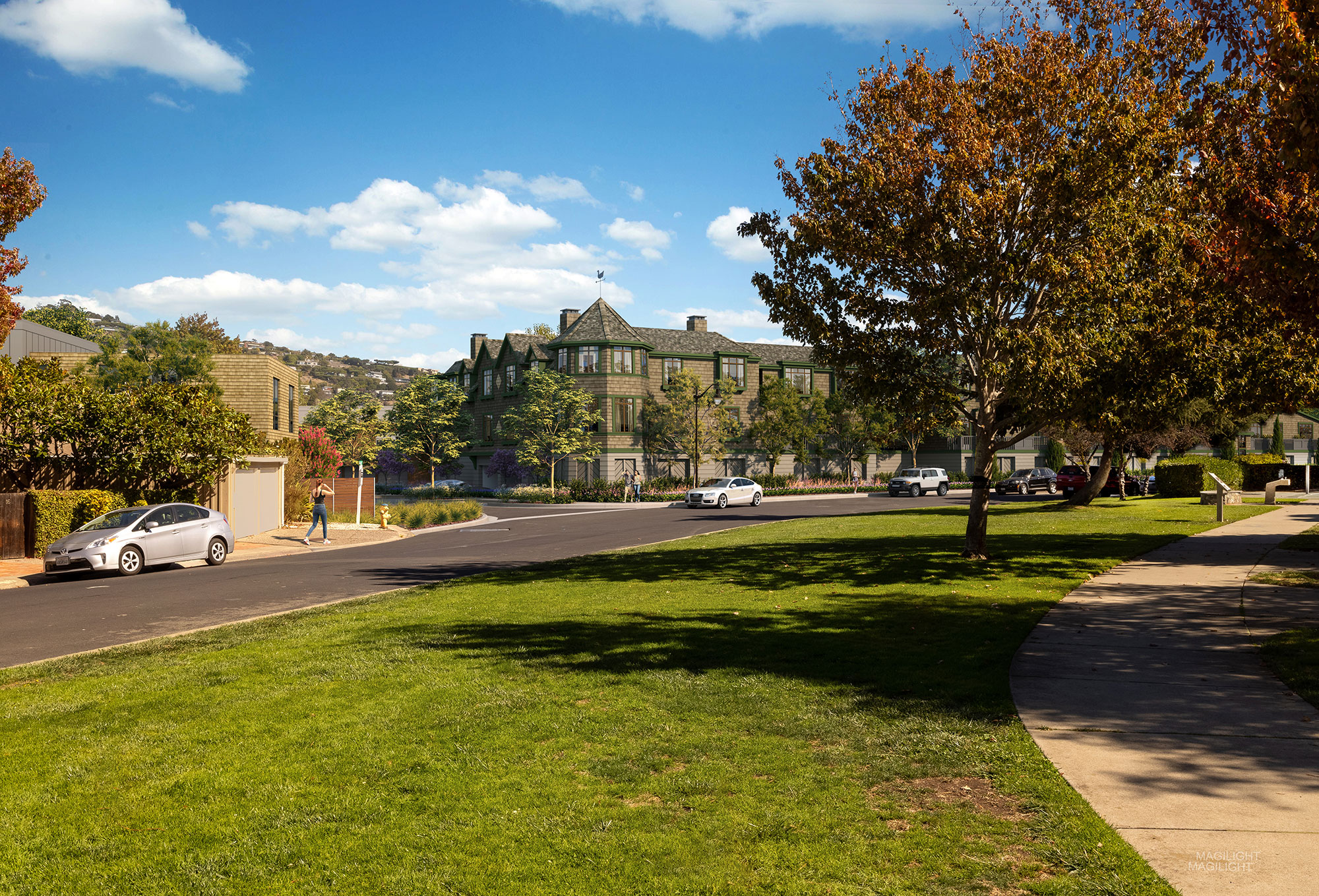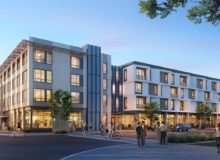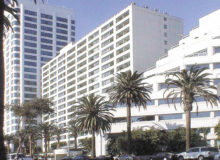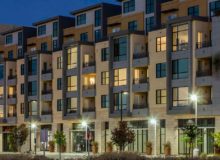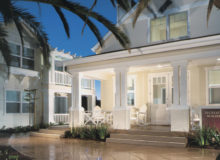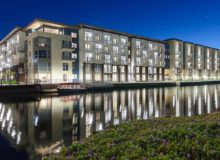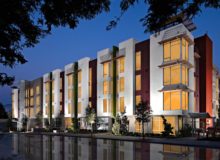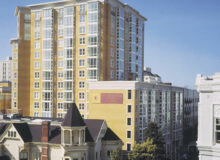Marin Independent Journal
September 18, 2022
Giuseppe Ricapito
Belvedere hopes to solicit public review of the city’s draft housing element over the next month and potentially find more private property owners who might wish to build in-law apartments.
City officials and a representative of the city’s housing consultant, EMC Planning, presented an update on the development of the city’s draft housing element at a meeting on Sept. 12. The council did not take a vote, but it called for the release of a public draft before a community review meeting in October.
Under a state mandate, Belvedere must show it can allow 160 more residences between 2023 and 2031. It will submit its report to the California Department of Housing and Community Development (HCD).
The City Council also proposed that the consultants improve their outreach efforts to promote the development of accessory dwelling units, also known as ADUs or in-law apartments.
Ande Flower, principal planner for EMC Planning Group, said property owners are “stepping up” to provide options for further development, either with accessory dwelling units or lot splits under SB 9, a state housing law that went into effect in January.
“We included every single site we could possibly consider,” Flower said. “Gathering these commitments goes a long way to showing HCD that there is a will to construct.”
So far, the city’s outreach has been dedicated to its housing element website, blueprintforbelvedere.com. Launched in February, it was touted as a source for the community to learn about the housing element process and keep track of upcoming events, surveys and polls.
“It sounds like we need to do more proactive outreach than we’ve done so far,” Mayor Sally Wilkinson said.
Flower noted that other cities even had City Council members knocking on doors to promote the housing element effort. Flower added he is “confident” that Belvedere will meet the state requirement and that it would be completed by the deadline.
Critics of the state mandate have noted that Belvedere, during the last eight-year planning cycle, was required to show it could develop 16 residences — so the new mandate is an increase of about 900%. The allotment includes 49 very low-income homes, 28 low-income homes, 23 moderate-income homes and 60 above-moderate-income homes.
Topographical constraints and modifications to density laws have been cited as likely components of the new housing development plan. Potential housing sites include Tiburon Boulevard, the St. Stephen’s Church parking lot, the proposed Mallard Pointe development, Bayview Avenue, West Shore Road and Belvedere Avenue.
Mallard Pointe, which is along Belvedere Lagoon, is a project pending review by the city. The development calls for 22 new residences and the demolition of the current housing site. The new site would have 16 single-family and duplex homes, three accessory dwelling units and 23 apartments in a roughly 36-foot-tall complex along Community Road.
“It honestly has been a very big challenge in the city of Belvedere. I think we can all understand why,” Flower said.
The city plans to hold a community workshop on Oct. 20 with the City Council and Planning Commission.
Wilkinson and other council members asked that draft be released prior to the meeting in order for it to be available for public review.
The draft is expected to be released to the public in October, Flower said. A preliminary draft is targeted to be sent to the state in December.
Assistant City Attorney Ann Danforth said the final draft of the housing element must be certified by May 31 in order for the city to have three years to adopt zoning changes necessary to implement the housing element. If the document is not approved by that date, the city would only have one year to implement the changes.
The deadline for all Bay Area jurisdictions to submit housing element report is January.

